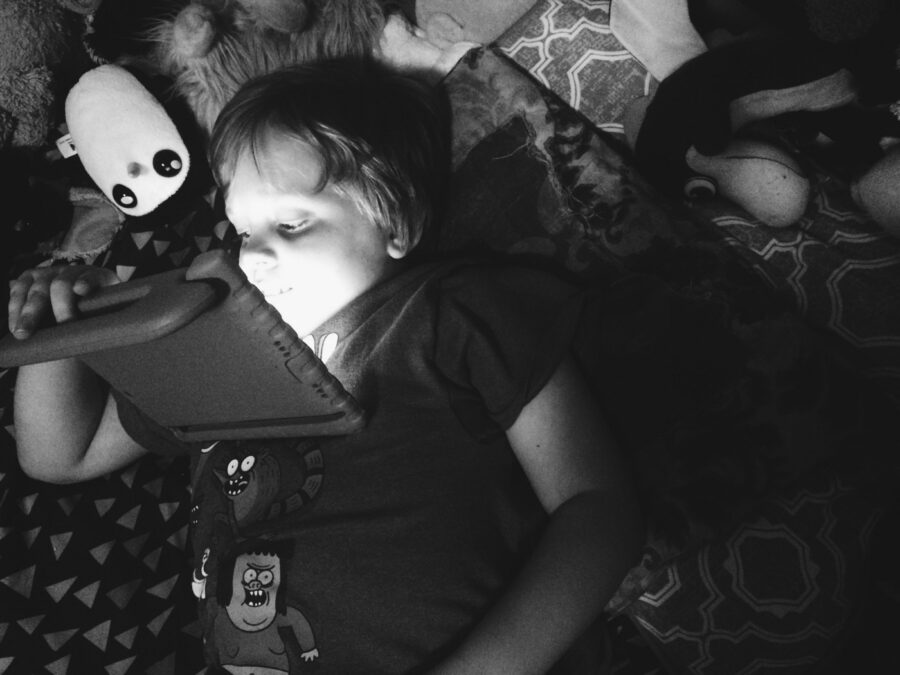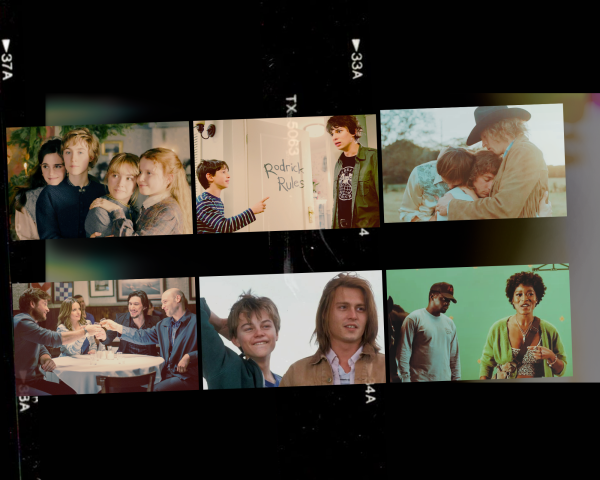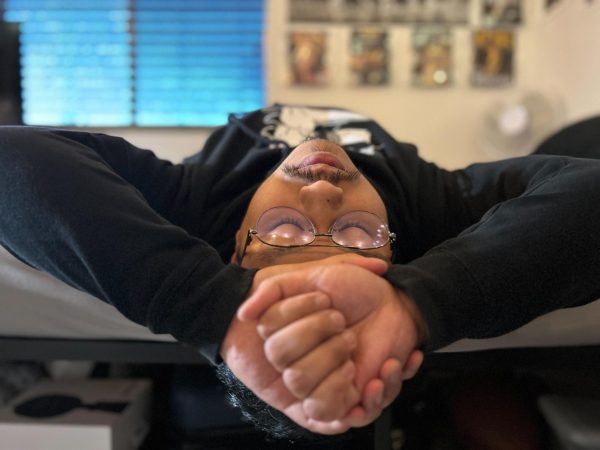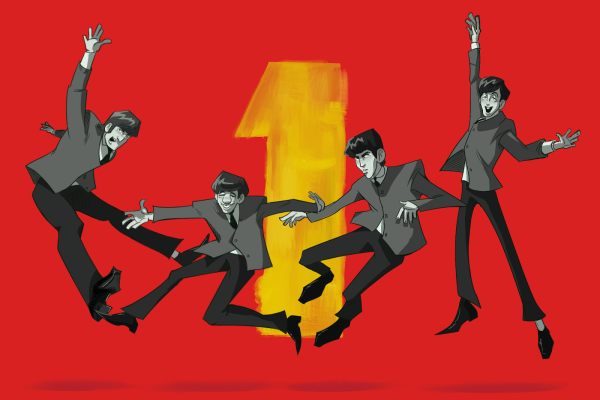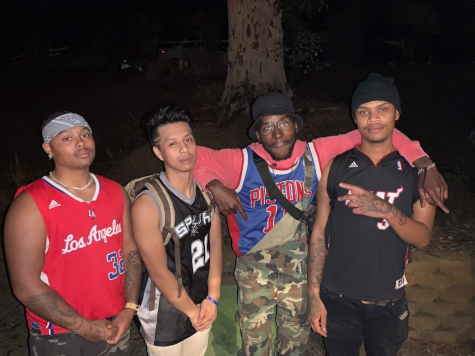Forget MTV. I Want My YouTube Channels!
Kids are taking over media and technology, and the industry can’t change fast enough.
Without hesitation, the first thing Oliver V. does when handed an iPhone is open the app menu in search of a small red icon that is embellished with a small white “play” arrow symbol. To any level of Internet user, this red graphic is immediately recognizable. It is, of course, YouTube.
Ever since its birth in 2006, YouTube has become a video-sharing media monster that boasts a user community of one billion, and that number only continues to rise as people all over the world flock to raid its virtual video library of everything under the sun.
For Oliver, exploring YouTube is one of his favorite things to do. But Oliver is not only watching his favorite television shows and subscribing to his favorite channels. His love for YouTube has lead to him to an aspiration.
“I want to be a “YouTuber,” Oliver said.
A YouTuber is someone who makes and produces videos to upload to the website in order to build a following. And he is well on his way. Oliver claims to have already uploaded his first video where he shows his potential viewers how to play his favorite Japanese anime video game, J-Stars Victor Vs+.
While this may not seem that unusual for most young adults today, it is kind of amazing considering that Oliver is only 6.
“I first watched YouTube at my nana’s house because she let me,” Oliver said. “I just wanted to make YouTube videos because I never have or did before.”
Oliver lives in a very different world than the one I grew up in more than 20 years ago. My childhood was defined by the cartoon section in the local newspaper. I had to wait until the next Sunday to find out what trouble Garfield and those crazy kids in the Family Circus were getting into that week. Saturday Mornings were religiously reserved for waking up at the ungodly hour of 7 a.m. for new episodes of my favorite cartoons and television shows like the Mighty Morphin’ Power Rangers, Looney Toons, and X-Men.
I can recall the excitement we felt in elementary school when computer day rolled around because it meant two things: Microsoft Paint and Oregon Trail. I remember waiting by the radio to hear my favorite song play on my favorite radio station so I could record it on a tape recorder. The generation I am part of, the Millennials, were so fascinated by the few things we had because technology was considered a luxury and it was still very new.
But flash forward to today and everything has changed.
High grade technology and Internet culture are rooted in our daily lives. The cartoon section in the newspaper has been replaced by Instagram posts and Facebook shares. Instead of waiting for updates on news stories on your local news station, all one has to do is check Twitter. Radio is now more referenced to Spotify and Pandora than the AM/FM variety that previous generations grew accustomed to. Want to watch your favorite show at 3 a.m. in the morning? Go to YouTube, Netflix, or Hulu.
No one can deny that technology is — inevitably — part of growing up in the modern world. Today’s children, like 6-year-old Oliver, are the new face of media and technology. They are more in tune with the digital world than any of the previous generations before because they are born right into it. This fact is redefining how companies, especially those in the traditional media industries like print, radio, and television, work to attract new consumers.
MarketingProfs found that 75 percent of U.S. children have access to a smartphone and/or tablet. Studies have also shown there are a rising number of kids who even have their own Facebook, Twitter, and Instagram accounts.
I didn’t even own a cell phone until I graduated high school, and I finally purchased one for myself using some of my graduation gift money. Hanging out with my friends meant I had to leave the house to visit them down the block.
Media companies, especially those in print and television, are facing the reality that the new generation is unlike any other generation before it. For most children in developed first-world countries, instant information and gratification have become the new normal.
The media forms we’ve grown up with are now slowly fading into the background as the digital age is now in full swing. While things such as print and traditional television still have a faint heartbeat, those industries are constantly threatened by the reality of their impending nonexistence. Many fear that the medium they grew up with will soon be nothing but an ancient, prehistoric medium that children will read about as a technology of the past, much like we consider the telegram or first printing presses.
In an opening keynote speech given at last year’s Children’s Media Conference by Dylan Collins, chief executive of children’s marketing and research network SuperAwesome, which works with various children’s brands to help them understand digital trends, Collins said investors are “spooked” as they attempt to figure out how to approach internet trends and new devices.
“To get to success in the digital space, you need a process of efficient and repeated failure. You need to fail fast! And in the digital kid’s space that’s true more than ever,” said Collins. “
Collins noted in an article in The Guardian that YouTube is “the most powerful kid’s property in the world right now” while pointing to other emerging networks — Twitter’s Vine in particular — as forcing a rethink in the strategy of many media companies.
Eight-year-old Eric Ackerman agrees. He loves watching videos on YouTube and using his Wii U to play the latest games. When his younger brothers are having trouble navigating devices, Eric is the first one to steer them in the right direction and he often demonstrates the skills he has mastered on the Wii’s remote control.
“I like playing it because of everything you get to do on it,” Eric said. “I love Minecraft and all the apps. It’s my favorite thing to do.”
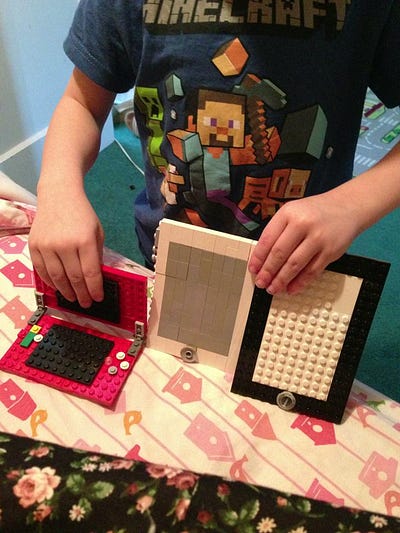
London Allen-Gibson, an 8-year-old techie in the making, first began channeling his fascination with technology into his creativity and dramatic play at the age of 3. While other kids were building castles and houses, London was building replicas of Apple products from anything he could get his little hands on: packaging cardboard, pizza boxes, play-dough, and even Lego’s. His mom took notice of London’s creations and began to feature them on his very own website, Little Techie.
His number one pastime now is checking what’s new on Buzzfeed and watching YouTube videos. He said his favorite ones to watch are Skit, DIY, The Try Guys, Hacks, and a number of other Buzzfeed channels.
“The first thing I do in the morning when I wake up and the last thing I do before I go to bed at night is check YouTube and Buzzfeed,” London said.
London, who already owns an iPhone, an iPad, a Macbook Pro, a Nintendo DS, a smart watch, an Xbox360, and a WII, cannot wait to get his hands on more technology. But when asked what he would wish for if he could have anything, he said it would be to create his own gadget.
“If I could create my own technology, it would be a gadget that has everything I want combined into one,” London said.
His next goal is to learn how to code and to create his own video games. So how much time does London spend online?
“I spend as much time as my mom will let me,” he said.
While these boys are enjoying YouTube videos and playing video games, a group of younger kids are right behind them. A 2013 study conducted by Common Sense Media found that 38 percent of kids under age 2 have already used tablets or smartphones. The study also found that the numbers of daily use of technology among children is rising. The percent of children who use mobile devices on a daily basis ― at least once a day or more ― has more than doubled, from 8 percent to 17 percent, according to the report.
Collins said in his opening keynote at that the change we are seeing is the greatest change we’ve seen in a generation of children since the war.
“This is the generation of kids that is going to change everything. They are going to create. They are going to destroy.”
It will be interesting to see how media will evolve as the newer generations become the consumer majority of internet and technology. Will there be a massive shift in how the new generations use and get their media? Will the things the older generations grew up with soon hit the road? Will there be a revival as answer to the hip nostalgic call of making things old “cool” again?
No one knows. But one thing is for certain: a very big and important change is coming and children like Oliver, Eric, and London are leading the way.
Substance is a publication of the Mt. San Antonio College Journalism Program. Last year, the program moved its newsroom over to Medium as part of a one-year experiment. Read about it here.

